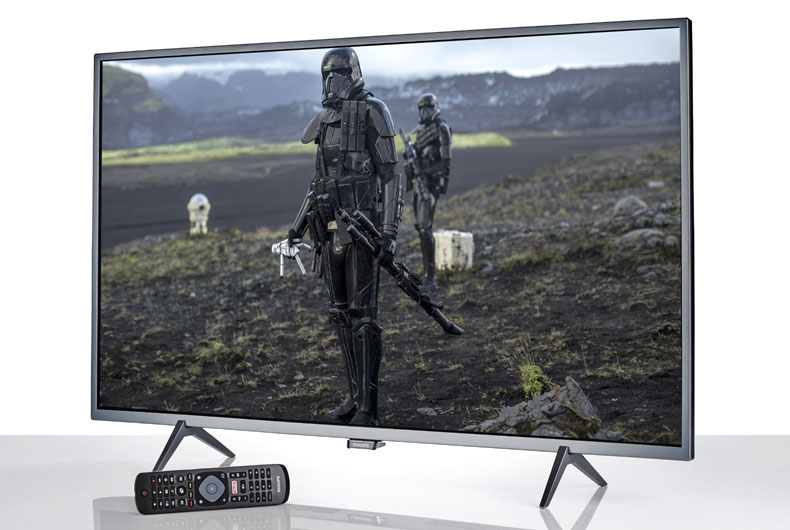What Hi-Fi? Verdict
A 4K HDR set with one too many compromises to be made
Pros
- +
Decent image quality, particularly with 4K content
- +
HDR support
- +
Ambilight is on board
- +
Cheap
Cons
- -
Screen lacks brightness to show off HDR
- -
Blacks could go deeper
- -
Contrast could be better
- -
Sound is poor
- -
Menus a little unintuitive
Why you can trust What Hi-Fi?
Not all 4K TVs are created equal, so when considering a 43in 4K HDR set for under £400, you have to be prepared to make some compromises.
The Philips 43PUS6401 embodies the word, delivering exactly what you might expect for its price tag. But is that enough to make it worth your cash?
MORE: What is Ultra HD TV and 4K TV? Everything you need to know
Features
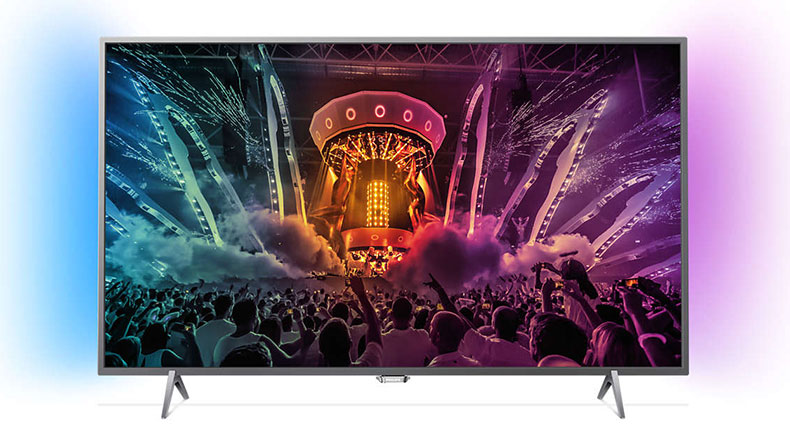
Your money certainly isn’t wasted on a flashy design – it sensibly goes for simple but stylish, with a slim silver bezel and two aluminium feet.
However, there is a trick up the PUS6401’s sleeve in that it packs two-sided Ambilight for bringing a little added flare to proceedings where its design doesn’t.
It’s easily toggled on or off from a dedicated menu button, but we quite enjoy it when watching movies (setting it to follow the on-screen picture works best). The solid white light option also proves handy for softer bias lighting, which is particularly useful because we find the PUS6401 to be a little reflective.
Watching TV in our testing room, we see our own reflection, which is distracting to say the least, especially during darker scenes.
Turning the lights down in the room will help this, as will positioning the set away from direct sunlight.
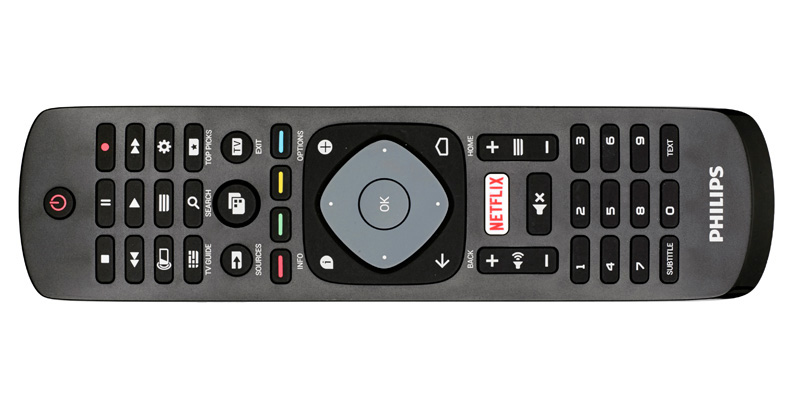
There’s one remote in the box, which is just your regular Philips remote – none of the QWERTY keyboards we’ve seen on some.
It’s well laid out, but not the most responsive – it needs to be pointed directly at the TV and the buttons pressed with real conviction for your command to be registered on first try.
Philips also has one of our least favourite menu systems, so this can make the rather unintuitive lists of menus and options even more of a headache to navigate.
In particular, be aware of the unconventional wording – for example, there are several different options that describe themselves as “contrast”.
You’ll find the actual contrast controls hidden away under an option called “video contrast”, while the main “contrast” option actually controls the backlight. Confusing to say the least.
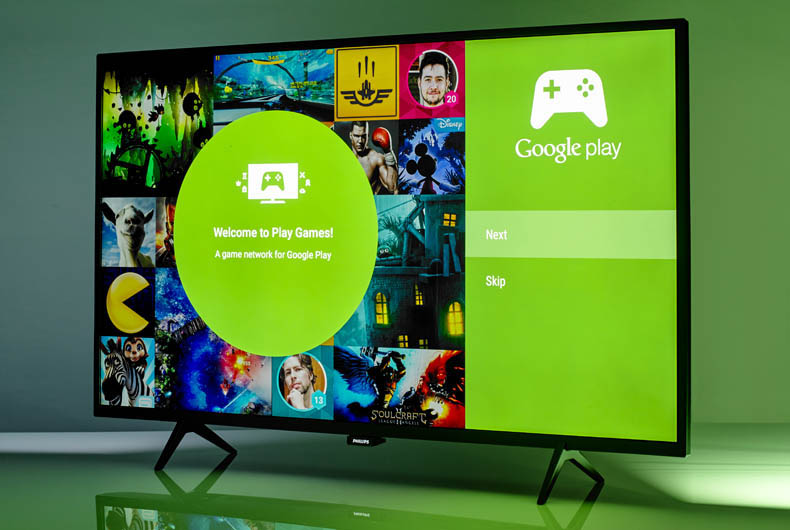
For this reason, setting up the Philips isn’t as straight forward as we might like, but you’ll certainly want to dive into the picture settings to get things looking better than they do out of the box.
A good first step is turning off all of the processing so you’re working with the raw picture. Eco settings have a tendency to default to on, so you’ll want to ensure they’re turned off for the best results.
The Philips 43PUS6401 doesn’t carry the UHD Premium badge, not least because it only has a maximum brightness of 350 nits (a UHD Premium set needs to reach at least 1000 nits).
HDR is still technically possible on this set, but you’ll need to make sure you have the most recent firmware update to get it.
Once you do, the PUS6401 will automatically recognise an HDR source and tweak its settings to suit, though annoyingly, Philips TVs still don’t support Netflix or Amazon HDR content.
MORE: Ultra HD Premium – What are the specs? Which TVs support it?

Connectivity-wise you’re fairly well covered, with four HDMIs (though only two support HDCP2.2), three USBs and single component and analogue ins.
There’s even a SCART for older connections and a single optical out for outputting your TVs sound to a soundbar, for example.
There’s wi-fi or ethernet for hooking up to your home network, and once you’re online, you’ll be able to access to the TV’s on-board Android TV system.
It’s not our favourite user interface by a long shot (particularly as it’s a hybrid alongside Philips own menus and EPG, so feels a little disjointed), but it is slowly improving.
Now with apps for Netflix, Amazon and iPlayer, it will tick enough boxes for many, but we’d still like to see more by way of UK catch-up services.
The built-in ability to cast from portable devices will help with this for now, but Android TV is still behind the competition when it comes to breadth of choice.
MORE: Best TV deals – smart, HD, 4K TV
Picture
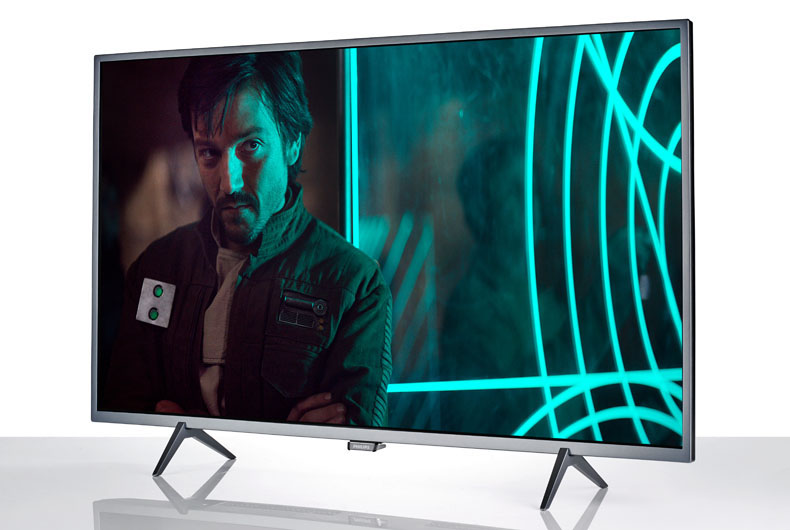
Once set up, the Philips 43PUS6401’s lack of brightness is noticeable in its rather subdued picture performance and colour palette.
On the whole, colours lack the ability to convince, with reds looking a touch orangey while blues and greens are overly bold. It’s not unexpected at this level, but something we weren’t able to balance out with the regular settings – more in-depth calibration may well improve this.
The PUS6401 is at its best in brighter scenes. Even then, there is a noticeable drop in detail from the Panasonic TX-40DX700B, and a much smoother overall picture that lacks the same level of clarity and detail as you’ll see in better sets.
It’s not unwatchable by any means, but it shows the upscaler is not a strong point here, and means the picture lacks the same sense of depth.
MORE: Panasonic TX-40DX700B review
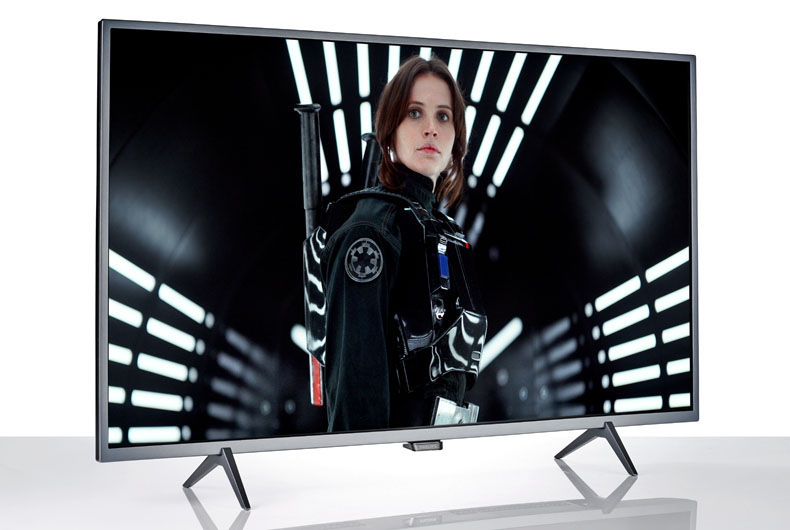
This improves with a 4K Blu-ray signal by some stretch, but the picture is still not as insightful as we’d like. HDR pictures lack sufficient punch in colour and brightness to really get the benefits across.
You’ll see a touch more subtlety and sparkle in highlights compared with regular SDR content, but it isn’t capable of hitting home with the same intensity.
It’s in dark scenes where the picture is most lacking, with the set not capable of deep enough blacks, nor shadow detail, to give a murky scene much impact. Watching in a darkened room helps, but will also emphasise the rather poor backlight uniformity that can become noticeable in darker scenes.
The set ultimately lacks a good grip on contrast – introduce a bright element to a dark scene and it’ll struggle to balance out the two, not to mention outlines could be better etched too.
The last thing to look out for is motion, and we found that with no motion processing employed, fast moving pans could looks a little strange and unnatural. Setting the Philips Natural Motion settings to minimum (any more will worsen the picture elsewhere) will help.
MORE: 4K Ultra HD Blu-ray – all the 4K discs on sale and coming soon
Sound
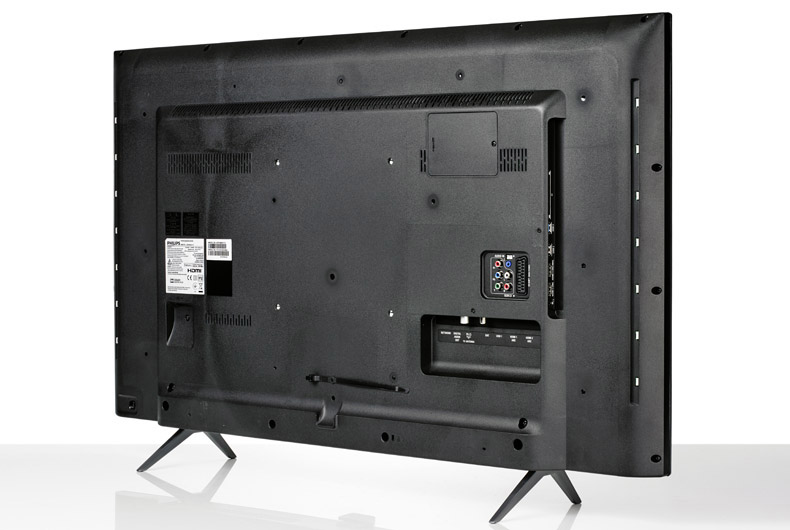
You’ll certainly want to consider investing in a soundbar or external speakers for this TV as its internal speakers aren’t up to much.
It’s a small, enclosed sound that lacks detail, and can be quite hard to listen to for long periods of time. We wouldn’t expect more at this price, but it’s worth adding to your budget.
MORE: Best soundbar and soundbase deals
Verdict
So can you really get a decent 4K HDR TV for £400? There’s no doubt it’s a tempting proposition, but we’re not sure you’re really going to see the benefits of 4K on this set, and certainly not of HDR.
4K Blu-ray pictures will benefit the best from the capabilities of this set, but its struggles with darker scenes and the overall lack of brightness can’t help but takes the sparkle off it just a little – even with the price tag in mind.
Compromise is the word here, and there’s plenty to be made with this set. You may find saving up a touch more means less compromises where it matters.
See all our Philips reviews
What Hi-Fi?, founded in 1976, is the world's leading independent guide to buying and owning hi-fi and home entertainment products. Our comprehensive tests help you buy the very best for your money, with our advice sections giving you step-by-step information on how to get even more from your music and movies. Everything is tested by our dedicated team of in-house reviewers in our custom-built test rooms in London, Reading and Bath. Our coveted five-star rating and Awards are recognised all over the world as the ultimate seal of approval, so you can buy with absolute confidence.
